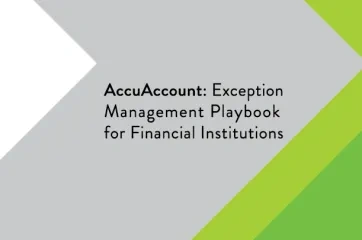Loan Pipeline Report
A loan pipeline report helps stakeholders understand the financial institution’s current lending opportunities. Loans within such a report are typically organized by “phases” or “stages,” which makes it easier to identify loans that are close to closing, newly added, or stuck in the pipeline.
Examples of loan pipeline phases may include:
- Credit analysis
- Underwriting
- Waiting for customer
- Approved
- Turned down
- Qualified
Some banks and credit unions also use loan pipeline reports to track renewals, such as a renewal for a revolving line of credit to fund a customer’s short-term working capital.
Who Uses a Loan Pipeline Report (and Why)?
Numerous stakeholders at a bank or credit union could benefit from a loan pipeline report. Here are a few examples:
Senior Management: A member of senior management might use the loan pipeline report to forecast future revenue and develop realistic goals for the financial institution.
Credit Officer: Renewal data in the loan pipeline report would be particularly useful to the credit officer for preventing delinquencies.
Lending Manager: Lending managers—especially those in the commercial and agricultural segments—rely on loan pipeline reports to monitor lender productivity and ensure healthy operations.
Accounting and Finance: Accounting and finance teams might check the loan pipeline report to support forecasting and budgetary activities.
Structure of a Loan Pipeline Report
Loan pipeline reports consist of rows and columns of data. Typically, each row reflects one lending opportunity, while the columns contain loan-specific data, such as:
- Amount requested
- Term
- Collateral being offered
- Phase or stage
- Expected close date
- Lender
Preparing Loan Pipeline Reports
Some financial institutions still rely on spreadsheets to track lending opportunities. This approach requires considerable coordination between lenders and their managers and opens the door to data entry oversights.
Ideally, loan pipeline reports would be the natural byproduct of a more technologically advanced workflow. Using a system like AccuApproval helps to standardize loan application tracking and approval, which therefore simplifies loan pipeline reporting. Instead of tracking down lenders to update spreadsheets, stakeholders can instantly view loan pipeline reports because the data is already in the system.
Additional Lending Resources
Browse additional banking definitions or download a free whitepaper from our resource library. Check out our blog for more loan-related content.







